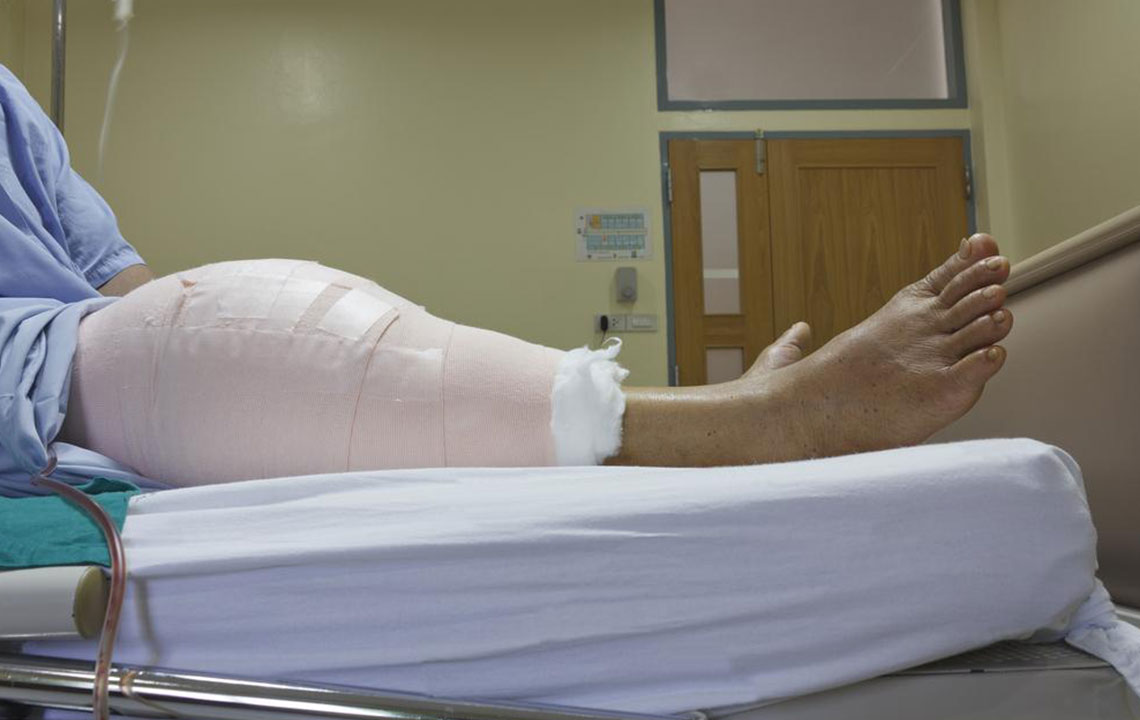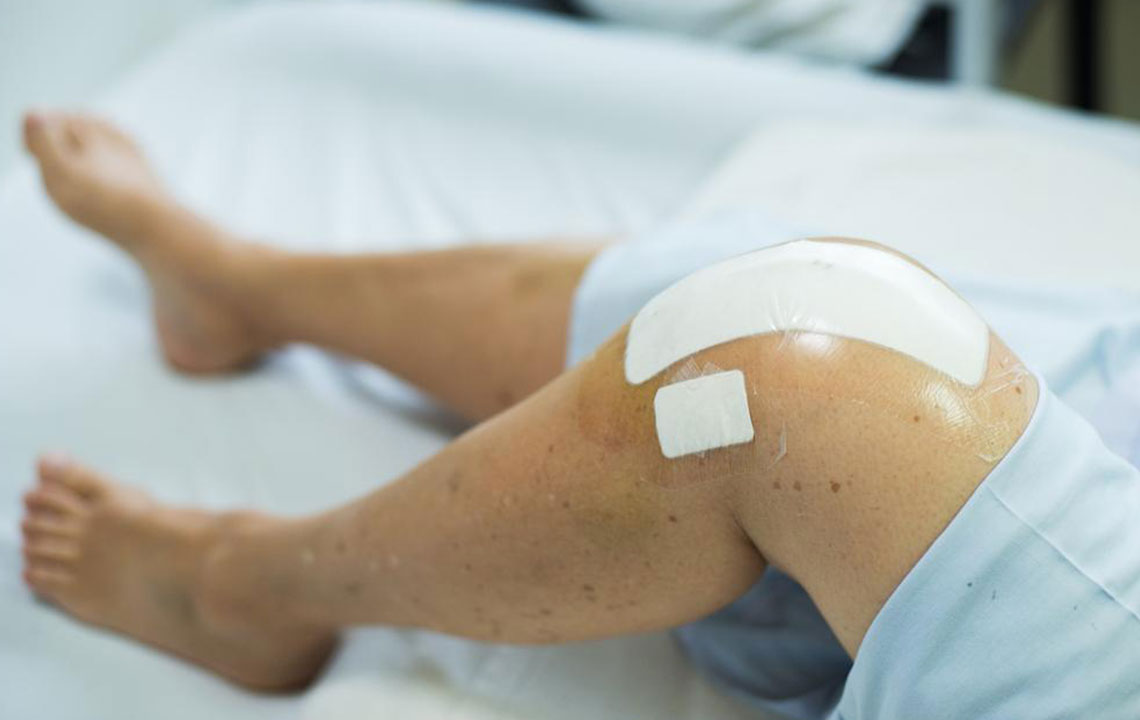Essential Insights Into Knee Arthroplasty Procedure
This article offers essential information on knee replacement surgery, including step-by-step procedures, postoperative care, and recovery tips. It emphasizes the importance of proper medical guidance and healthy habits to ensure successful outcomes. Suitable for patients considering the surgery, the content aims to inform and prepare individuals for the process. Clear explanations help demystify the procedure, while post-surgery tips promote better recovery and long-term joint health.

Understanding Knee Arthroplasty: What You Should Know
Prior to any surgical intervention, your health will be thoroughly assessed. Vital signs such as temperature, blood pressure, heart rate, and oxygen levels are checked to ensure stability. If abnormalities are detected, surgery will be postponed until these issues are addressed. Once cleared, the surgical team proceeds with the process.
The next step involves administering anesthesia—either general, putting you into deep sleep, or regional, numbing the area from the waist down to prevent pain during the procedure.
The site of surgery is marked. An incision roughly 8 to 10 inches long is made over the knee, cutting through layers of tissue including tendons and muscles. The kneecap (patella) is then flipped aside to reveal the femur and tibia bones.
The knee is bent at a 90-degree angle to facilitate access. Damaged cartilage and bone are removed with a saw. The surgeon reshapes the femur and tibia to fit the prosthetic components precisely, often with the help of computer-guided tools or jigs for accuracy.
The kneecap is repositioned, and an implant made of polyethylene is added to assist smooth movement. Some cases require additional components for better stability. Cemented prostheses are commonly used, though this varies based on patient needs.
The tibial component is cushioned with polyethylene, acting as a shock absorber. The leg is then gently extended and flexed to verify fitting and mobility. The knee components are left to bond, with bone cement setting typically taking around ten minutes. Afterward, deep tissues and skin are sutured or stapled closed.
Postoperative Care
Proper aftercare is vital for optimal healing and recovery. Follow your doctor’s instructions carefully to avoid complications.
Regular medication intake, as prescribed, is crucial. Be aware of potential side effects and ensure no allergies exist with your medications.
Common postoperative symptoms include pain, dizziness, and nausea, which can be managed with painkillers—so discuss your options with your physician.
Keep the surgical site dry and clean until staples are removed. Gentle exercises, guided by healthcare professionals, help restore movement and strength. Avoid strenuous activities and falls to prevent setbacks. Healthy eating rich in protein, calcium, and omega-3 fatty acids, including seafood, supports tissue healing.
For a better understanding, watch knee replacement videos online and consult your doctor beforehand to address any concerns or questions about the procedure.










